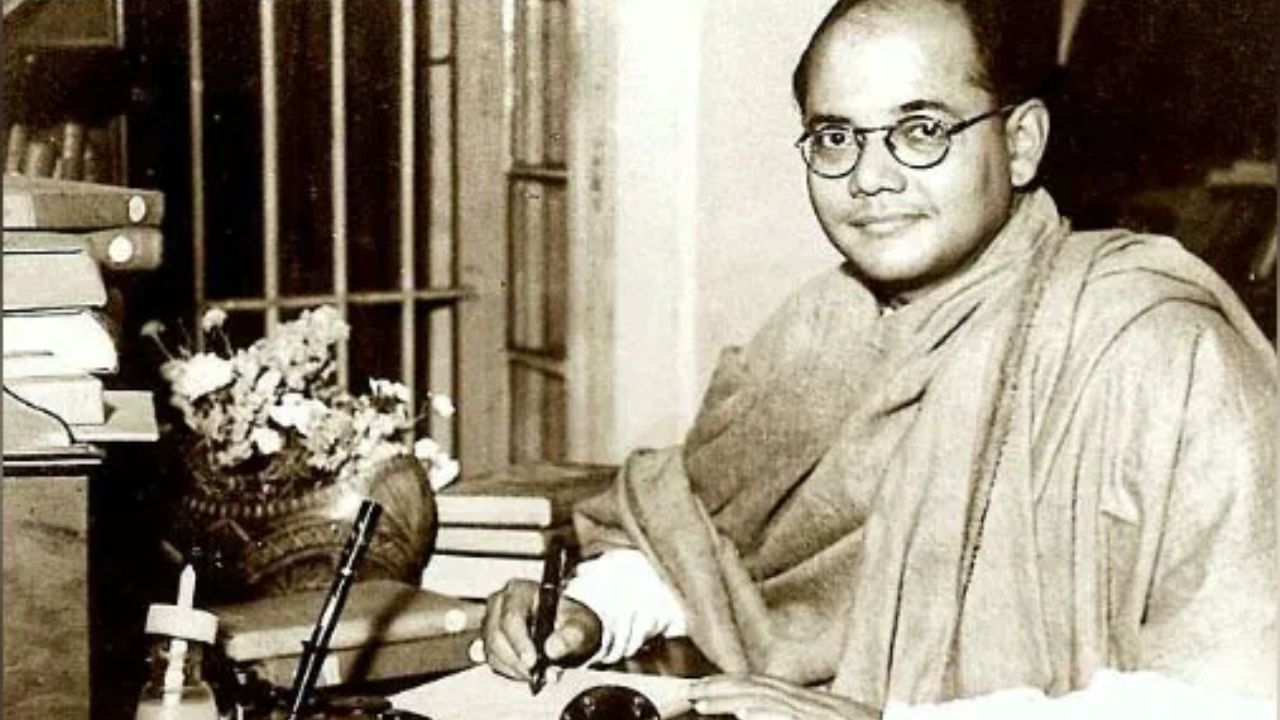The Reserve Bank of India came into existence on 1 April 1935, about 12 years before Bharti got independence. This is the same bank, which today works to print notes for us and handle the currency of the country. But before independence, this bank used to work at the behest of British rule. There was also a picture of British kings on notes. Indians used to do transactions with this note, but in reality they did not consider it as their own. During this time, Netaji Subhash Chandra Bose, who is fighting for independence, was such a freedom fighter who for the first time formed his own currency and his own bank for Indians. For the first time, this bank issued such notes, which did not have a picture of any British king and neither had the picture of Mahatma Gandhi like today’s notes….
In 1944, Netaji Subhash Chandra Bose founded ‘Azad Hind Bank’ in Rangoon. Its purpose was to raise money for the freedom struggle. This was the first time that it was proved that India can run its financial institution even before political independence. This bank started with the money of Indian migrants and became the treasure of the temporary Azad Hind government. It released its own currency and help was taken in many works related to war.
The empty bungalow was made bank
Azad Hind Bank is mentioned in Netaji’s close and SA Iyer’s book “Unto Him a Witness”. The bank’s headquarters was in an empty bungalow near Jamal Avenue in Rangoon. At the time when this bank was being built, the situation was very tense. Bose was preparing to go on the front for the Imfalkohima campaign. Japanese and Burmese officials were hesitant to open a bank during the war. Some companions were worried about capital, but Bose stayed. The result has been that in a week the empty building became a bank with a capital of Rs 50 lakh.
Where did the money come from for the bank?
Raising funds was the biggest challenge for the bank. Indians came forward from South-East Asia and some people agreed to pay full money for the bank’s initial expenses. According to historian Peter Fee’s book “The Forgotten Army”, the bank received such a tremendous response from Indians settled abroad that the capital reached Rs 21.5 crore in a few days. After this, Azad Hind Bank soon became the treasure of the temporary government. In this, traders, shopkeepers and plantation laborers used to donate in cash and goods. This money was used in the salaries of soldiers, procurement of goods, publicity and relief work.
Image Source: Wikipedia
The bank issued its own notes
Azad Hind Bank also issued a currency in its own rupee, which used to run in areas occupied by Azad Hind Fauj. It was a symbol of authority over Indian currency, even though it had no value in British India. The notes used to have a picture of any British king or Mahatma Gandhi, but Subhash Chandra Bose. Iyer, who wrote the book, claims that he himself was the chairman of this bank and Dina Nath was one of its directors.
Bank closed like this
The bank’s life remained small. It closed with the end of World War II and the collapse of Rangoon. A few years ago it came into the limelight again. In 2016, after making the files related to Netaji public by the Modi government, the Finance Ministry started getting strange applications. Some people wanted to pay their loans with Azad Hind Bank notes, on which up to 1 lakh were written. However, the government clarified that the Reserve Bank does not have a record of any such bank and only RBI has the right to issue notes under Section 22 of the RBI Act 1934.
